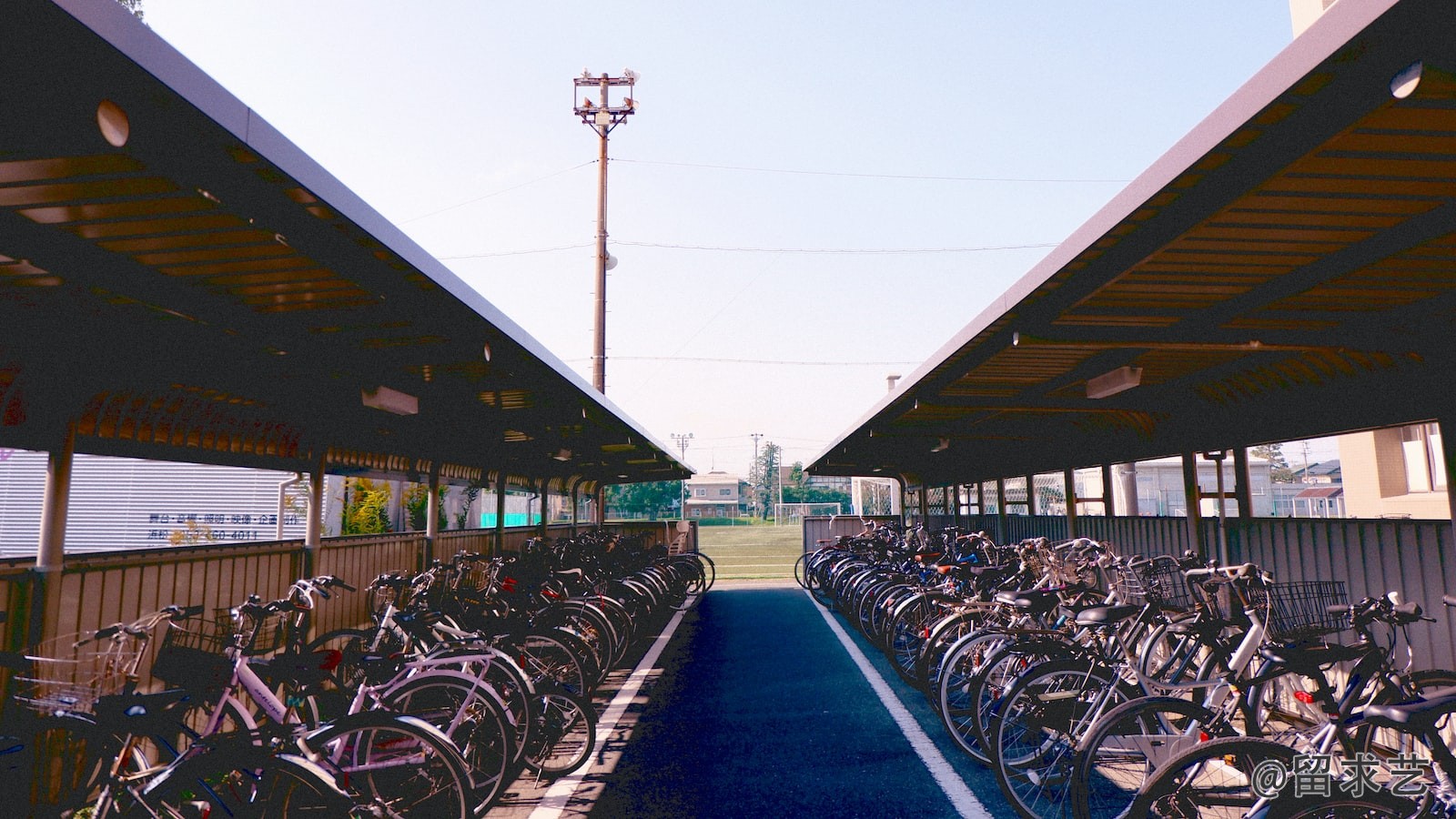否定句变一般疑问句可以按谓语动词的不同分为四种情况:要先把否定句变成肯定句,再把be动词、情态动词、助动词移到句首。
一、含有be动词的一般疑问句,通常把be动词调到句首。例如: 否定句:They are not in the swimming pool.肯定句:They are in the swimming pool.一般疑问句:Are they in the swimming pool 二、含有情态动词的一般疑问句(can, may...),把情态动词调到句首。例如: 否定句:He can not drive a car.肯定句:He can drive a car.一般疑问句: Can he drive a car 三、含有have的一般疑问句,have译为“有”的一般疑问句式有两种形式:
1、把have/has调到句首。例如: 陈述句:Tommy has a new book.一般疑问句:Has Tommy/he a new book 2、加助动词do/does,第三人称单数用does,其他人称用do。其句型为:Do/Does + 主语 + have... 例如上句可变为: Does Tommy have a new book 四、一般动词的一般疑问句,也要借助助动词do/does,第三人称单数用does,其余人称用do。其句型为:Do/Does + 主语 + 动词原形+其它 陈述句:Amy speaks Chinese.一般疑问句:Does Amy speak Chinese一般疑问句回答时要注意:
1、含be动词或情态动词的一般疑问句,其结构为: be + 主语 + 其它部分,情态动词 + 主语 + 动词原形 + 其它部分。肯定回答用"Yes,主语+be/情态动词.",否定回答用"No,主语+be/情态动词+not."。be动词/情态动词和not可用缩写形式,例如:isn't,aren't,wasn't,weren't,can't,mustn't,needn't等。
2、含行为动词(或称为实义动词)的一般疑问句,其结构为:助动词 + 主语 + 动词原形 + 其它肯定回答用"Yes, 主语+ do\\does.",否定回答用"No, 主语+do\\does not."。助动词也常用缩写形式,例如:don't,doesn't,didn't等。












